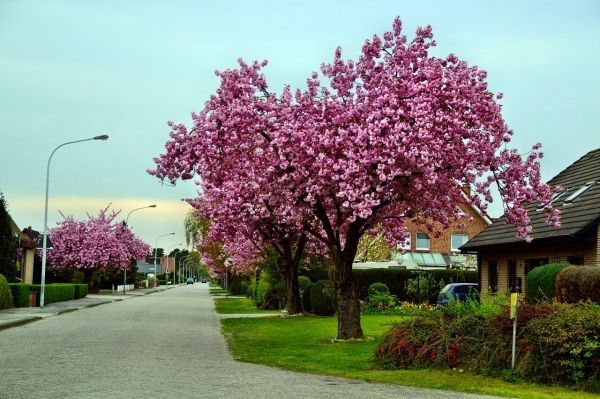In recent years, the attention of scientists and environmentalists has turned toward how population growth and urban expansion are driving habitat loss and an associated decline in ecosystem productivity and biodiversity. But the space people occupy directly is only one part of the land-use puzzle, according to new research.
Princeton researchers report in the journal Environmental Science and Technology that when direct land use such as housing is combined with indirect land use — the land taken up to provide people with goods and services — each of our imprints on the land could be significantly higher than most people are aware.
The researchers developed a tool for examining what they call consumption-based land footprints (CBLF), which combines the indirect land use associated with providing consumer goods such as a food and clothing with direct use such as homes, public parks and roads allocated to personal travel. Their goal was to identify new avenues for reducing the demand for land and the loss of natural ecosystems.
Read more at Princeton University
Photo credit: Leobert via Pixabay


